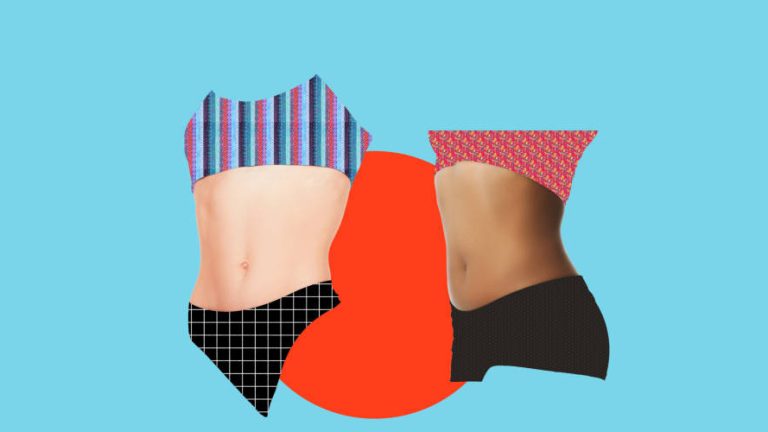Decoding the fashion industry’s portrayal of women’s bodies and its impact on women’s self-esteem
The fashion industry significantly impacts societal beauty standards and shapes how women’s bodies are viewed and appreciated. However, this impact has frequently been tainted by fanciful depictions that can cause adverse body image problems and a mistaken view of beauty. How women’s bodies are portrayed in the fashion world is a crucial issue that raises concerns about inclusivity, diversity, and the effect on women’s self-esteem.
The depth of this topic’s complexity is explored in this article, along with the effects of limited beauty standards and the demand for a more inclusive and powerful portrayal of women’s bodies in the fashion industry.
The persistence of artificial beauty standards is one of the main issues with how women’s bodies are portrayed in the fashion industry. The business frequently favors thin figures with specified measurements and features to promote an unrealistic ideal that does not reflect the variety of bodies found in reality. This limited portrayal reinforces harmful ideas of beauty and worthiness by excluding and marginalizing women who do not meet these strict standards. Such representations can cause women to attempt to complete an unattainable standard of beauty, resulting in body dissatisfaction, low self-esteem, and even the emergence of eating disorders.
Another urgent issue is the lack of diversity in how women’s bodies are portrayed in the fashion business. Women of various ethnicities, sizes, ages, and abilities have historically been underrepresented. In addition to failing to represent the multiplicity of women worldwide accurately, this lack of diversity conveys that some bodies are more important or desirable than others. The fashion industry unintentionally promotes a culture of body shaming and prejudice by excluding women with varied body shapes and features, which makes people who don’t fit the mold feel inadequate.
The pervasiveness of media and advertising further increases the influence of these images. Images and messages that support idealized body types are continuously shown to women, putting pressure on them to comply. Women find it difficult to avoid inspection and comparison due to the prevalence of these images, which results in negative body image and a lowered sense of self-worth. As a significant stakeholder in this media landscape, the fashion industry must take into account the effects of the images it promotes and encourage more diverse and realistic depictions of women’s bodies.
Despite these issues, a significant body positivity and inclusivity movement is occurring in the fashion business. Using models of all sizes, ages, and backgrounds, some companies and designers are upending conventional stereotypes and promoting a more inclusive and diverse conception of beauty. In addition to empowering women who have long felt marginalized, this change in portrayal encourages others to embrace their distinctive bodies and appreciate their originality.
The ability to influence societal transformation and cultural views lies with the fashion industry. The entertainment industry may promote body acceptance and self-love by encouraging a more inclusive and empowering portrayal of women’s bodies. This can be done by showcasing various models, promoting body positivity, and questioning the rigid beauty standards pervasively established in the business for years. To promote a healthier and more favorable image of women’s bodies, the fashion industry must actively acknowledge how it influences societal norms.
In conclusion, how women’s bodies are portrayed in the fashion business greatly impacts how they feel about their bodies and how confident they are. There is a growing movement towards diversity and body acceptance, even if the business has frequently supported irrational beauty standards and ignored varied representations. The fashion industry can help create an accepting society where all women are honored and allowed to succeed by embracing a more diverse and empowering image of women’s bodies. The moment has come for the industry to advance and pave the path for a more diverse and body-positive future.






Add comment